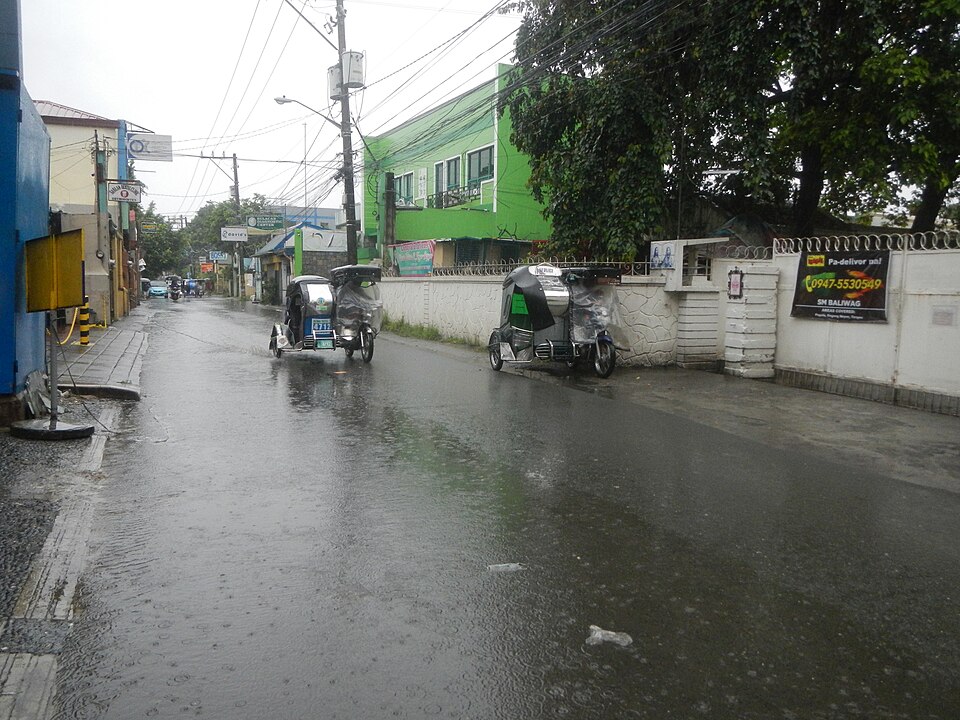Tropical Depression Potential: Low Pressure Area Near Visayas

MANILA — A low pressure area (LPA) situated approximately 950 kilometers east-northeast of Eastern Visayas has been identified by the Philippine Atmospheric, Geophysical and Astronomical Services Administration (PAGASA) as having a medium potential to develop into a tropical cyclone within the next 24 hours. This development was reported on Monday, July 20, 2025, as the weather bureau monitors the situation closely.
The LPA, currently located within the Philippine Area of Responsibility (PAR), is expected to intensify and may be named 'Dante' should it evolve into a tropical depression. PAGASA's meteorological observations indicate that the system could significantly impact weather conditions across the country, particularly as the southwest monsoon continues to bring heavy rainfall.
According to Dr. Maria Elena Cruz, a meteorologist at PAGASA, "As the LPA moves westward, we anticipate a gradual intensification, which could lead to widespread rainfall, especially in low-lying and mountainous areas." This statement emphasizes the need for local residents to remain vigilant, especially those in flood-prone regions such as Metro Manila and nearby provinces.
In an advisory issued around 1 p.m. on the same day, PAGASA cautioned residents from various provinces including Zambales, Bataan, Pampanga, Bulacan, Cavite, Batangas, Rizal, Pangasinan, Tarlac, and Occidental Mindoro, where heavy rainfall is expected until Tuesday noon. The agency reported that La Mesa Dam is nearing its spilling level of 80.15 meters, with the current water level recorded at 79.69 meters. This raises concerns for communities along the Tullahan River, particularly in Quezon City, Valenzuela, and Malabon, which are likely to be affected by potential flooding.
The National Disaster Risk Reduction and Management Council (NDRRMC) has also advised residents in vulnerable areas to prepare for possible evacuations. The agency's spokesperson, Mr. Roberto Santos, stated, "It is crucial for communities to stay informed and have contingency plans in place as we monitor the situation closely."
Historical data shows that tropical cyclones frequently develop in the region, particularly during the wet season, which underscores the importance of preparedness in mitigating disaster impacts. In recent years, similar weather patterns have led to severe flooding and landslides, prompting concerns among disaster management officials regarding infrastructure resilience and public safety.
As the situation develops, PAGASA will continue to provide updates and warnings. The public is urged to stay tuned to official announcements and heed local advisories regarding weather conditions and safety measures. The implications of this potential tropical depression extend beyond just immediate weather concerns, as it could also impact agricultural productivity and local economies, particularly in susceptible areas.
In conclusion, the emergence of this LPA and its potential development into a tropical depression serves as a reminder of the Philippines' vulnerability to natural disasters and the critical need for effective disaster preparedness and response strategies. Moving forward, the government and relevant agencies will need to reinforce efforts to enhance community resilience and minimize risks associated with tropical cyclones.
Advertisement
Tags
Advertisement





